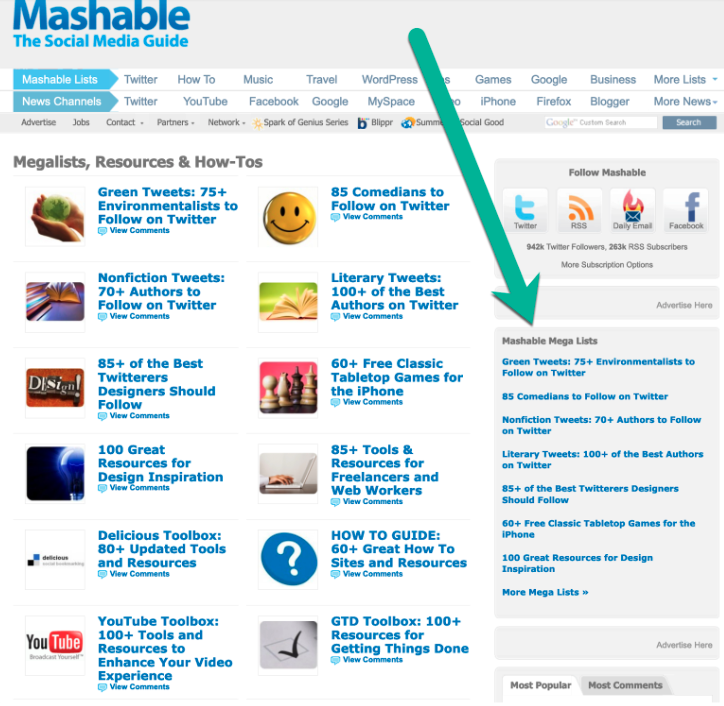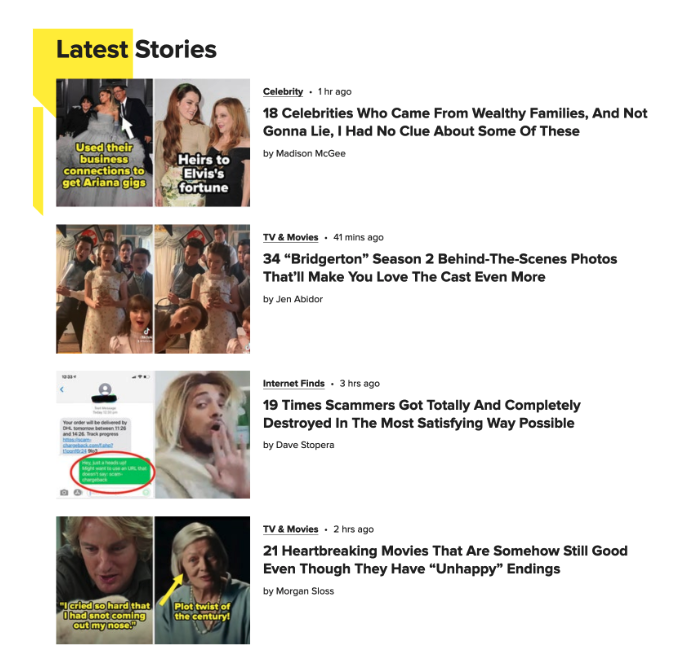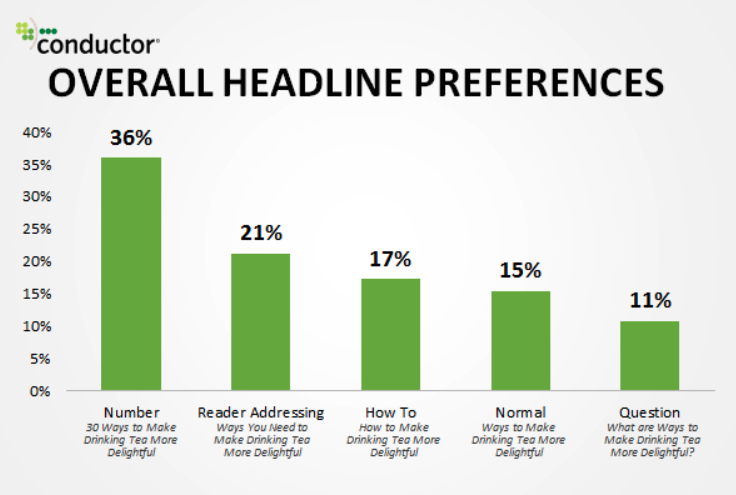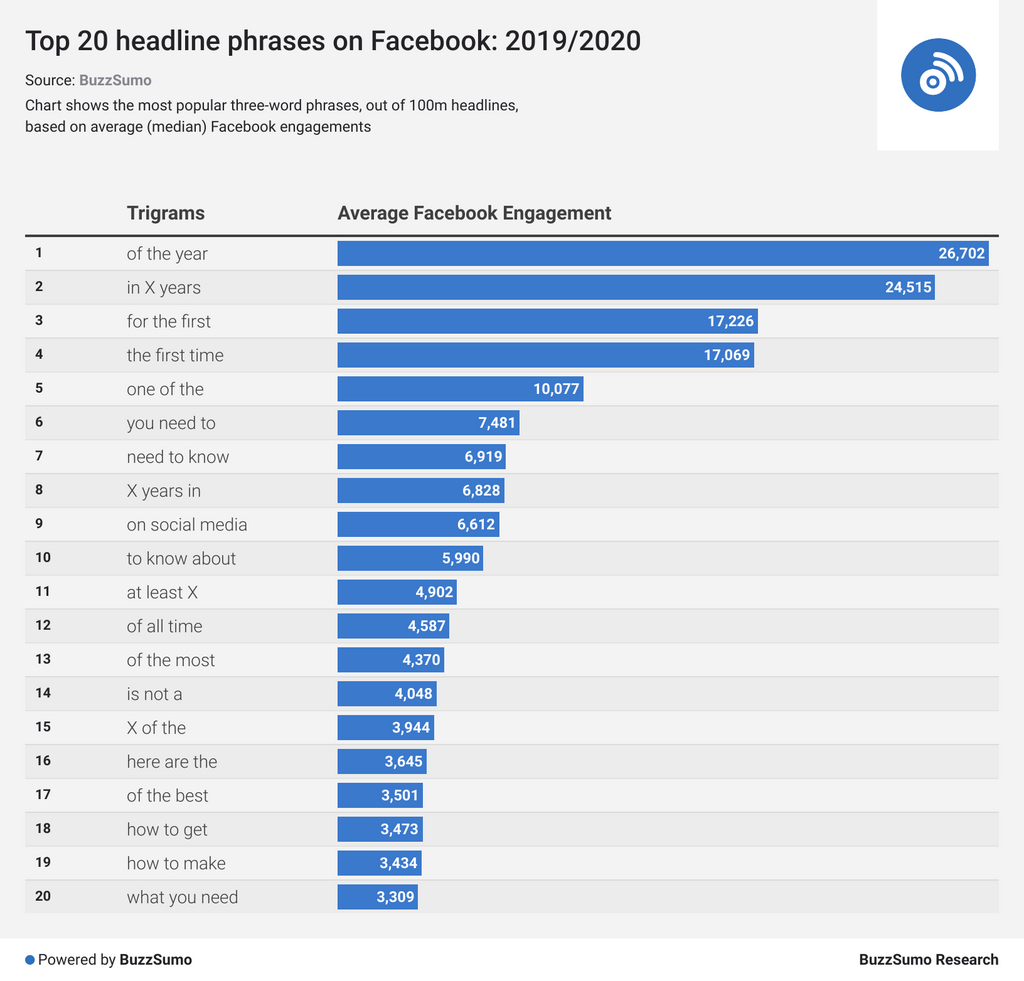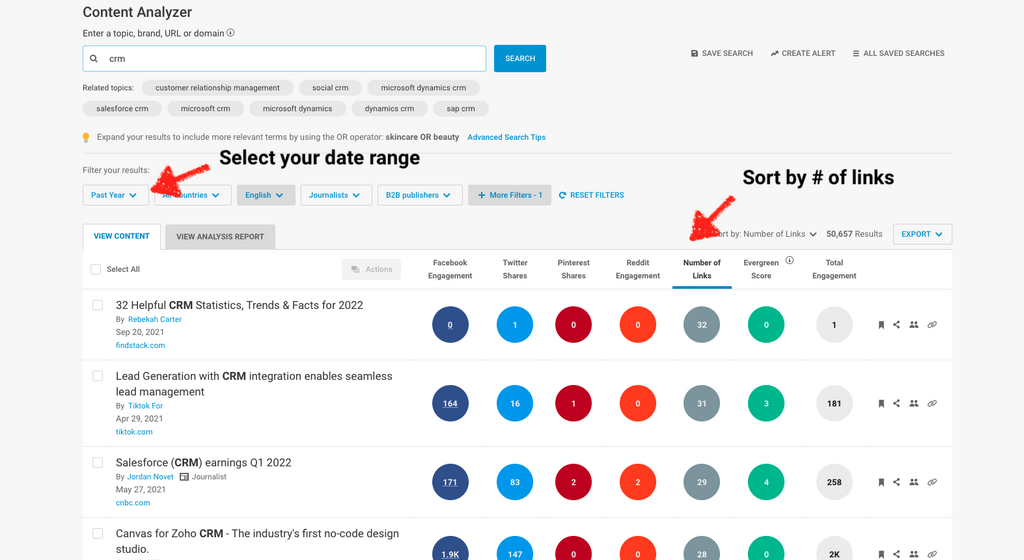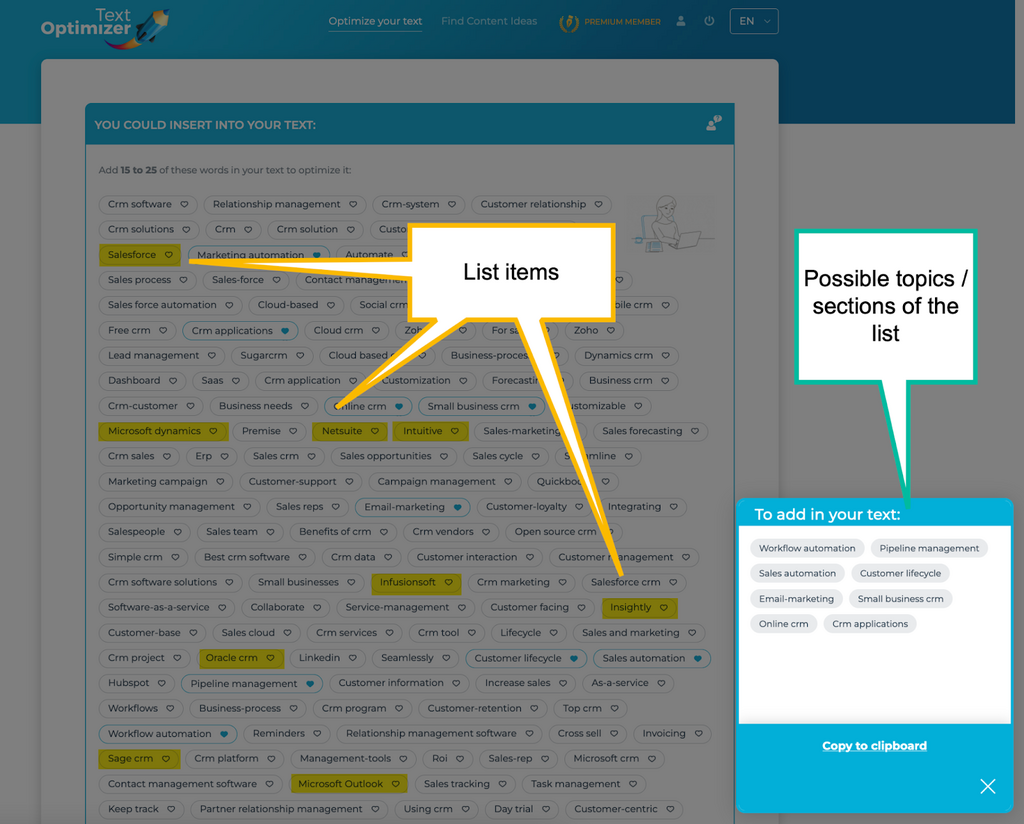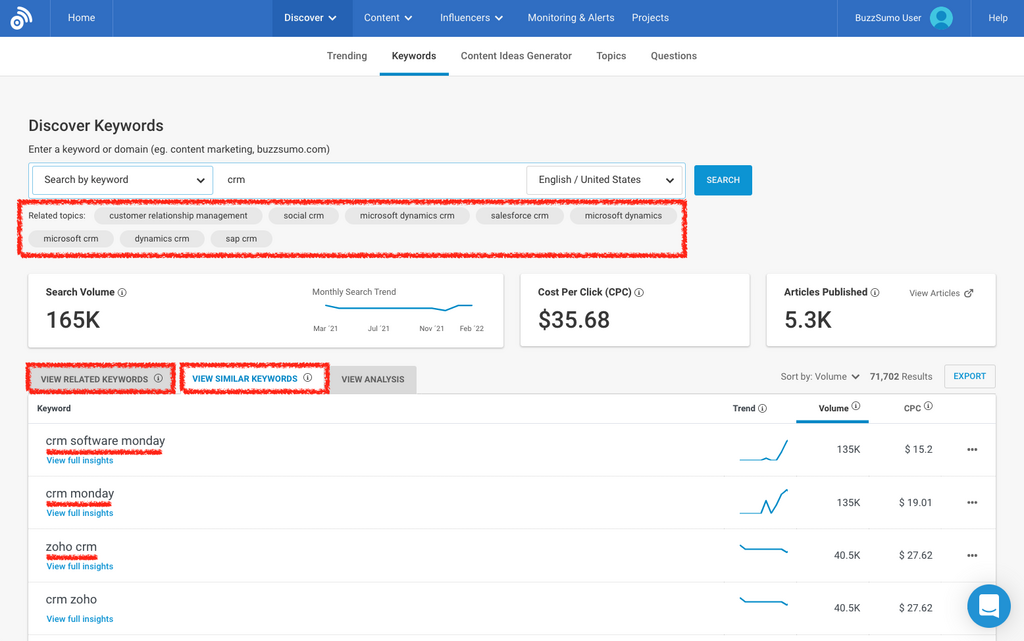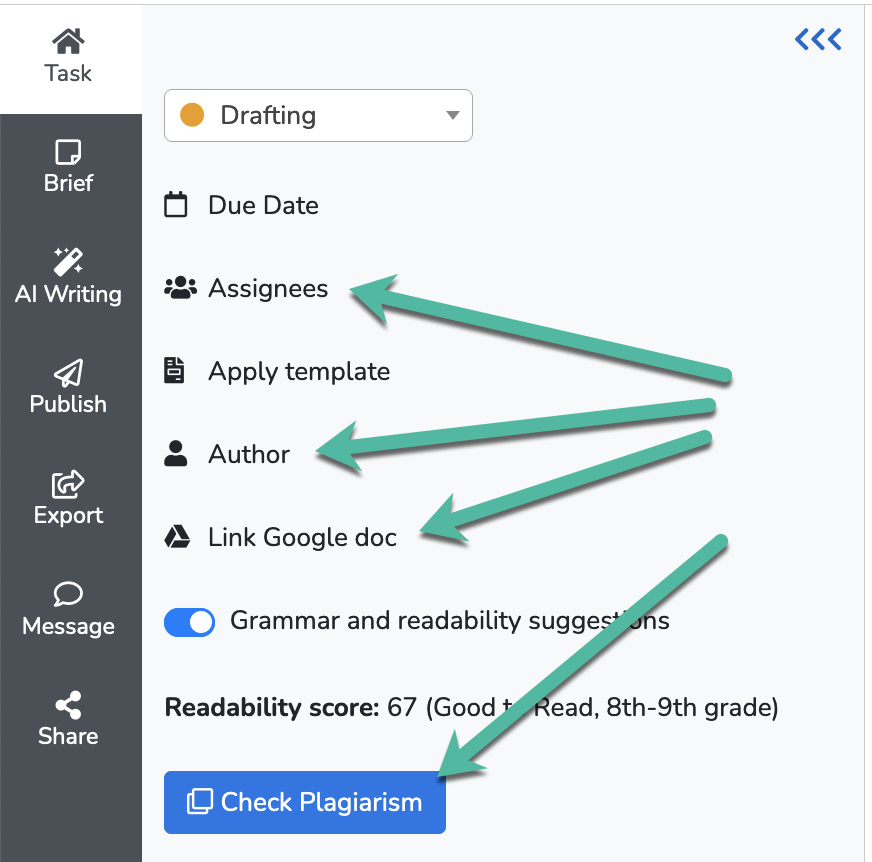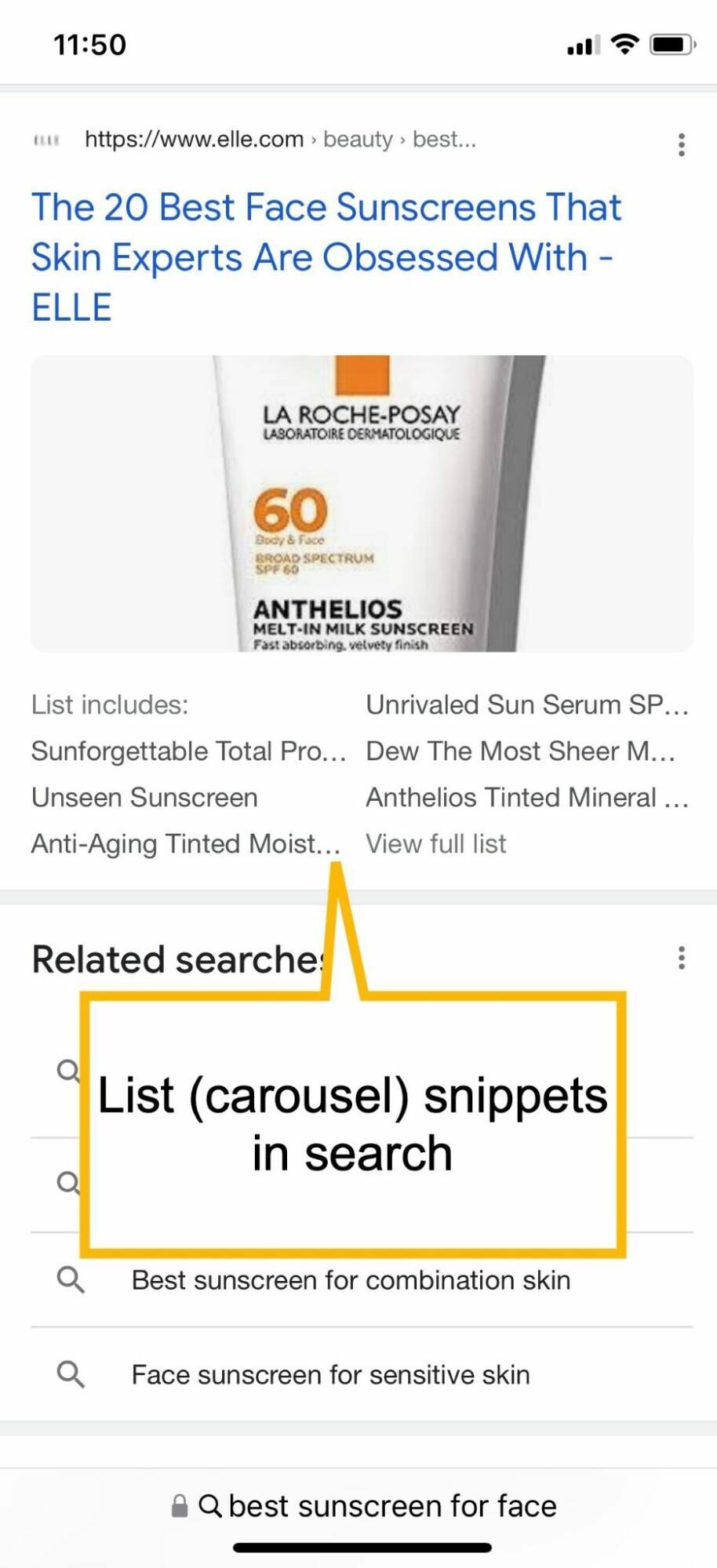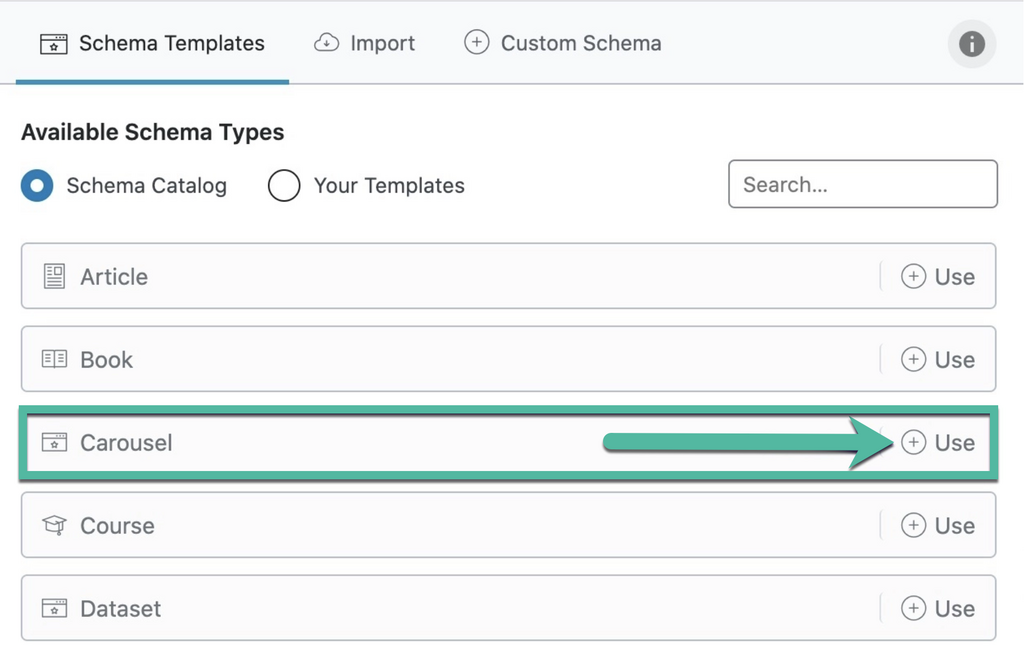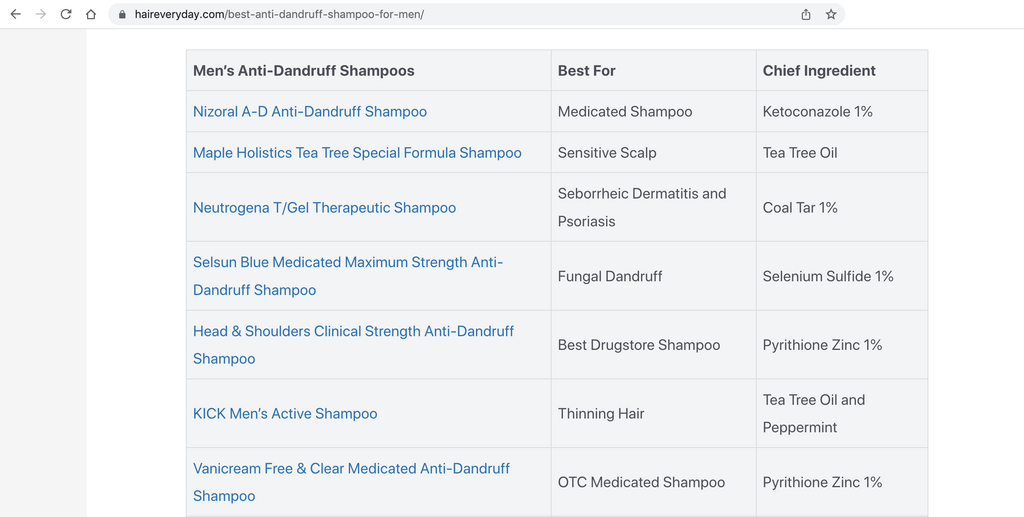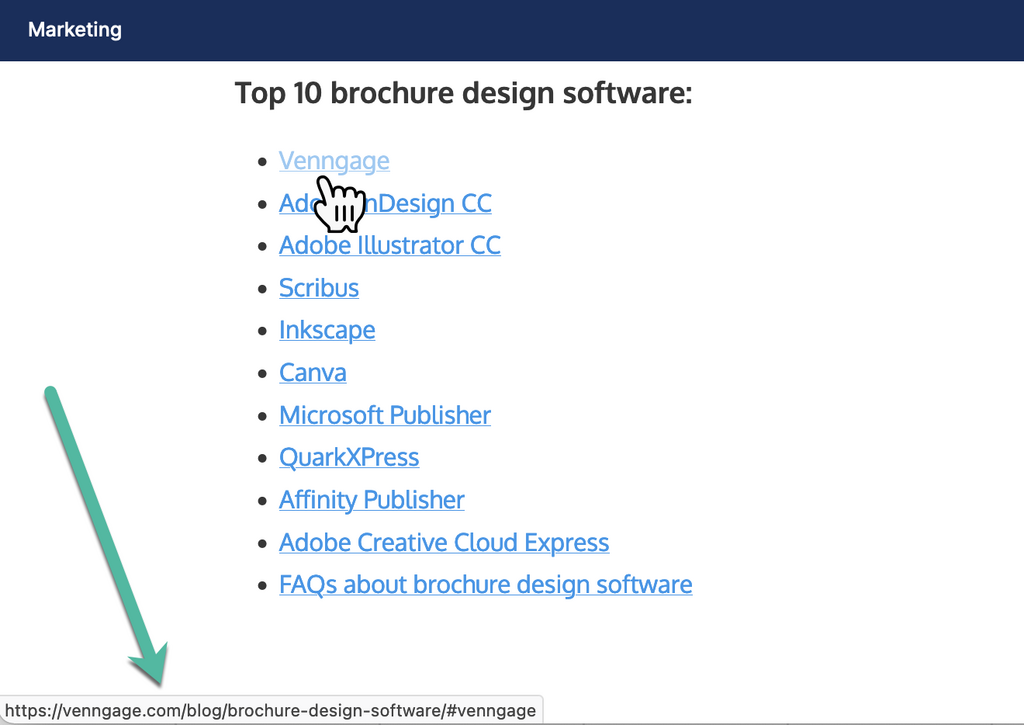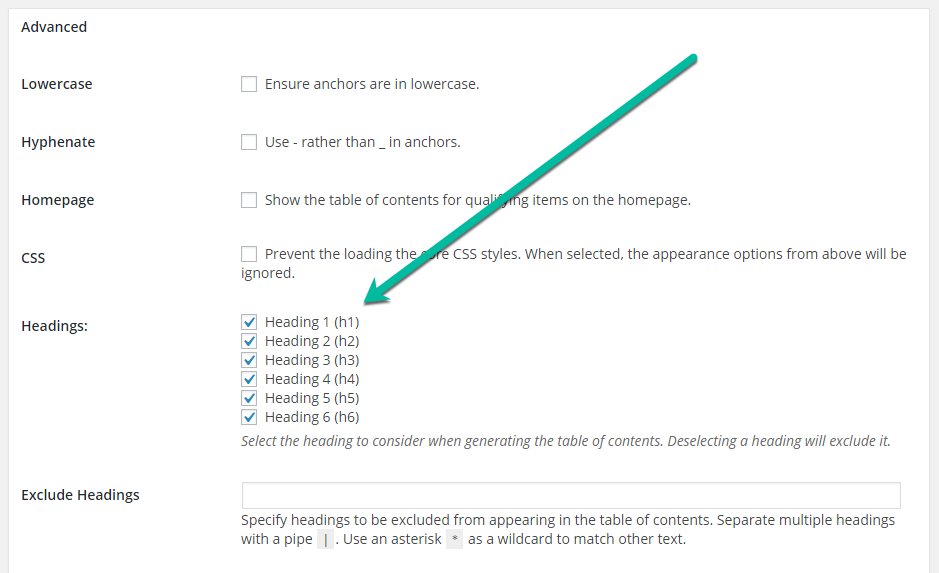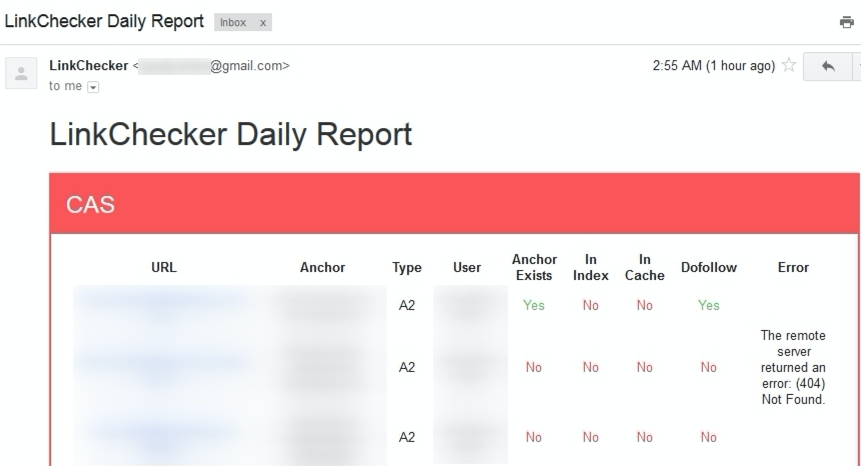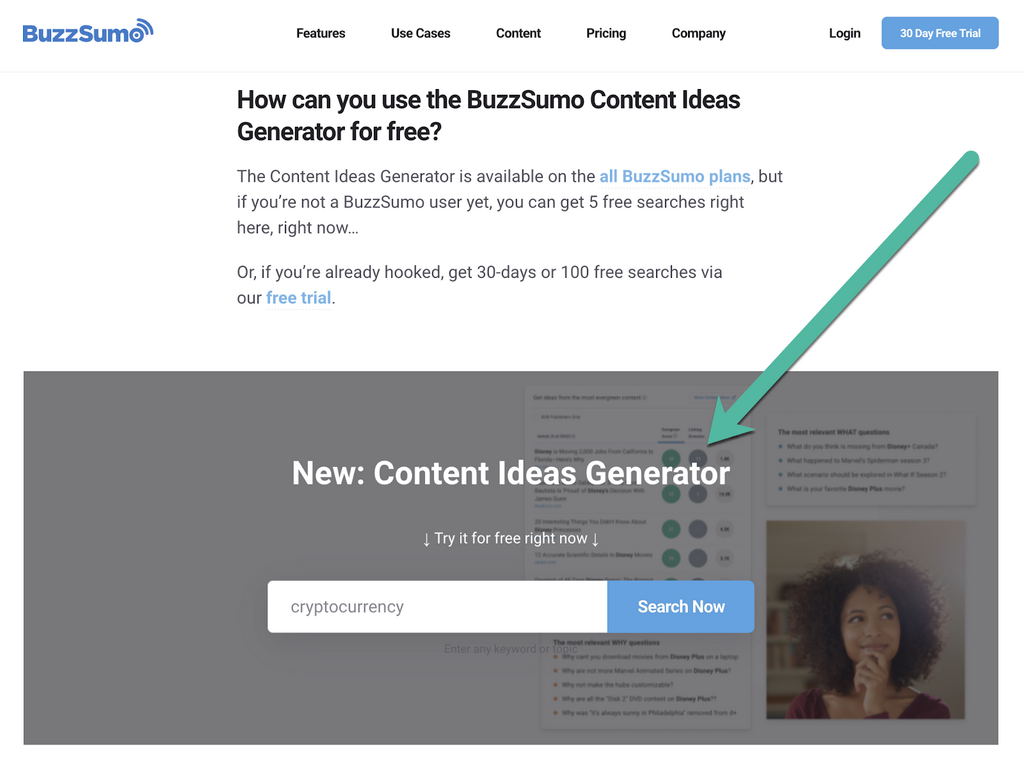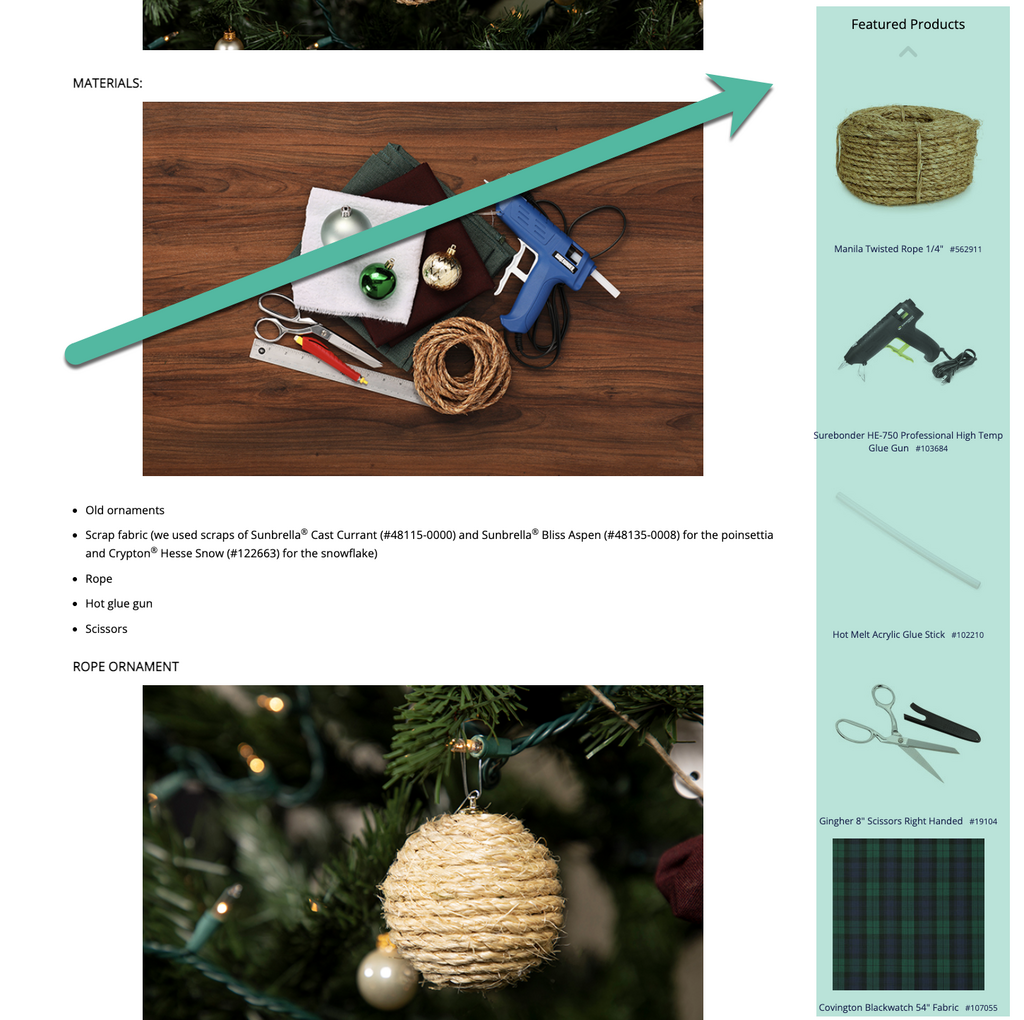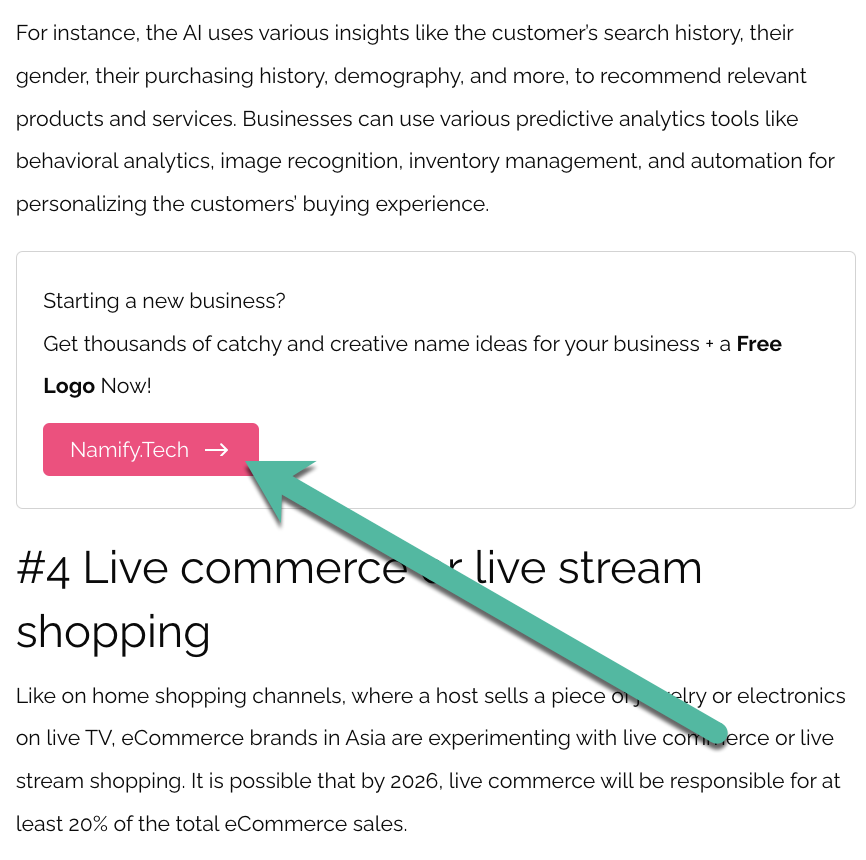What is a listicle?
In essence, a listicle is a blog post written in list format. It presents information through a series of list items, each consisting of a few sentences or multiple paragraphs, designed to educate or entertain readers. This listicle format makes it easy to skim and comprehend, with a specific number of list items, often featuring bullet points.
Examples can range from fun topics like "The Top 14 Movies of 2023" to informative ones like "9 Steps to Build a Website." It's a versatile and engaging way to write a comprehensive listicle, creating a valuable resource using step-by-step guides on various subjects.
What is the purpose of listicles?
To educate and entertain
Listicles serve a dual purpose: educating and entertaining readers with relevant information in an organized, easy-to-scan format.
To drive organic traffic
By incorporating both short and long-tail keywords, listicles have more search traffic potential.
To be shareable
The listicle’s scannable format lends itself to increased social shares and broader audience reach. Shorter sentences and bullet points make the information highly shareable, since it can be repurposed as step-by-step threads or visual tutorials.
To be actionable
This format's appeal lies in its ability to deliver quick, actionable insights, making it popular among modern readers who are often time-poor and solution-focused. Overall, listicles are a powerful tool for engaging readers, driving traffic, and enhancing content marketing efforts.
What are examples of listicle formats?
There are lots of types and forms a listicle can take, so to give you a better idea of how listicles may look and work, I’ve categorized them by goal:
1. Viral listicles
This is probably the most common type of listicle – and the number one reason publishers create those list-type articles: They go viral easily.
In fact, there are whole digital giants that were brought to power only by consistently publishing all types of listicles. The two best-known ones are Mashable and BuzzFeed.
Back when Mashable launched, it quickly became known for its “Mega lists” that were published on a regular basis:
BuzzFeed has a different business model: Their lists have the minimum amount of text and plenty of relevant images and embedded content:
Viral listicles have one distinct reason: Drive traffic from social media and links from people republishing and referencing those lists.
2. Listicles that target informational intent
When your target customers are still at the very beginning of their buying journeys, they have a lot of questions and options to consider.
A business that addresses those needs in a most useful way wins those customers.
These listicles may include:
- Product step-by-step
All the tasks your product helps perform. BuzzSumo’s blog offers a few examples of that, including this listicle of 15 things you can do with BuzzSumo in 30 days.
- Task step-by-step
All the steps needed to complete a certain task (and your product may be any of those steps). Again, BuzzSumo provides a lot of lists on how to solve problems, including its tools as part of the solutions, for example, 7 Best Practice PR Tips For Your Next Campaign.
- Tools and product lists
All the products (yours as well as competitors’) that cater to your target customers’ lists.
Putting your product in the same context as your competitors helps Google and its searchers figure out your brand exists as an entity, so don’t neglect these types of lists.
Venngage publishes lots of lists (here’s one example) putting itself in the same lists as its direct competitors.
3. Listicles that educate your existing customers
This type relates to the previous one, but it doesn’t necessarily revolve around your product.
You can use lists to educate your customers and help them succeed without actually putting your product in context.
For example, Vcita, a platform helping small businesses go through digital transformation, educates its users listing ways to grow website traffic for small businesses.
This could be a useful top-of-the-funnel listicle, of course, but mostly it serves current users who have already set up their digital entities through the platform, and are now looking to attract new customers through it.
Or, if you are selling opt-in solutions, you may create a mega list of email subjects that work to help your users to make the most of your platform.
This kind of content creates deeper relationships with your customers, drawing them back to your site again and again.
Why include listicles in your content strategy?
Historically, having numbers as a headline has been proven to be an effective content marketing tactic.
According to this older research study, the majority of people preferred a headline that has a number included in it:
In email marketing, the magic behind including a number has been demonstrated by an A/B testing study from Campaign Monitor, that found that including a number in the subject line may increase your open rate by 57%.
According to BuzzSumo’s study of 100M headlines, nine of the top 20 most shared headlines on Facebook were listicles, gaining an average of 1,409 shares per article:
What are the benefits of writing listicles?
There are a lot of reasons why writing listicles is almost always a good idea:
- Lists are easy to scan: Readers can scan subheadings until they get to the list item that finally catches their attention. In other words, lists save time.
- Lists curate the “Best bits” of inspiration: Lists save time because they get to the point. They’re great for giving your audience quick ideas and inspiration.
- Listicles are engaging: Reading through a list allows you to achieve the psychological satisfaction we get from completing micro-tasks. Therefore human beings tend to read more lists.
- Lists are easy to remember: List-making has long been our ultimate way to remember anything.
- Lists help your reader feel organized: Lists appeal to the human being’s tendency to categorize things.
There’s a reason why listicles are so widely used (and even overused) in content marketing strategies, in just about any niche: They simply work.
If you still need convincing, have a read of this great piece from Foundation Inc on how Zapier uses listicles to drive 5+ million sessions to their site.
How to write listicles that drive traffic and conversions
1. Brainstorm listicle ideas
Like with any content ideation process, there are lots of ways to brainstorm effective listicle ideas, including:
1.1. Keyword research
Keyword research is a great starting point for any content ideation process, including listicle ideation. Lots of search queries out there implies enumeration of multiple options. All you need is to look out for them. Look for the following or similar keyword modifiers:
- Top
- Best
- New
- Free, etc.
Ahrefs’ Keyword Explorer makes it easy to identify those keyword modifiers: It shows the list of common modifiers and allows you to quickly narrow down your keyword lists by any of those:
1.2. Competitive research
Looking at your competitors’ listicles will allow you to estimate the effectiveness of some of your own ideas, as well as allow you to surpass your competition by writing better listicles.
BuzzSumo’s Content Analyzer allows you to limit your research to lists:
The Content Analyzer will pull all kinds of metrics – engagements, tweets, links, etc. – allowing you to measure the effectiveness of each listicle.
For example, you can find the most linked listicles published in your niche within the past year, to then research what brought in all those links:
1.3. Trends and seasonality
Creating lists based on trending topics and seasonality is another great idea.
For seasonality, a lot of content ideas will be product-based.
Your customer and sales support teams will have a lot of insight into your customers’ seasonal needs, which may be reflected in your content strategy.
These include gift ideas, decor ideas, best products that cater to obvious seasonal needs (swimming, skiing, electricity saving, etc.)
BuzzSumo’s Content Ideas Generator is a great tool to check to spot trending topics and understand how to turn them into listicles.
The tool shows this week’s popular articles, as well as this month’s trending keywords, and related trending topics.
You can also see detailed analytics on popular lists, and click into that specific content type for competitor inspiration.
The Content Ideas Generator can also give you competitor insights over the course of one year, two years, or five years.
2. Define your list items
Knowing what exactly you are going to include in your listicle content means building your future article outline.
To find this information, you are going to research your competitors’ listicles and keyword research lists you identified in the previous steps.
Text Optimizer is also going to be useful here as it performs an intent analysis to let you know what is expected to be included in the content targeting a certain search query:
BuzzSumo’s keyword research tool is also a great way to discover more concepts and list items to include into your article.
Take a look at the “Related topics” beneath the search bar, as well as the “View related keywords” and “View similar keywords” sections.
From there, use Narrator to put together your brief, record secondary and additional keywords, and create your style guide.
The platform is a great collaborative platform, so if you have several people involved (e.g. an SEO, a writer, and an editor, freelancers etc.), this is the best way to put everything together:
3. Optimize your listicle
Now that you know your target keyword(s) and your future article outline, start writing your listicle with SEO in mind.
There are, of course, general SEO considerations you need to follow for just about any article, including listicles.
These include using your target keywords, taking care of image SEO, and using internal links.
Yet, there are also a few SEO recommendations that are more or less specific to list-type content. Here they are:
3.1 Use subheadings
Subheadings introduce new sections of your article. They are usually marked up with H2, H3, or H4 HTML tags.
Subheadings help readability and make any article easier to scan.
Subheadings also help SEO because search engines are using subheadings to better understand how the article is structured and locate answers to related questions.
Based on the outline of your future article, your subheading structure may look like this:
- H2 subheadings to introduce list sections (e.g. list items that fall under a defined set of properties or price ranges)
- H3 subheadings to introduce each list item
3.2. Use schema
Google doesn’t have well-defined rules on how to markup your list using Schema.
However they do have loose documentation called “Carousel Search Results” that sounds like it only works for courses, movies, recipes and restaurants.
Yet, I’ve been seeing it work in other niches. Here’s what it looks like:
To markup your list using this schema, there’s a premium WordPress plugin called Rank Math SEO.
3.3. Use summaries
Another SEO trick that works especially well for long-form listicles is creating summaries.
These increase your chances of getting your listicle featured visually on Google.
If you create a summary in a table format, you will likely generate a structured snippet for your listicle.
Structured snippets stand out in search and attract more clicks giving you a way to yield higher traffic from lower positions:
3.4. Add a table of contents
Finally, using those H2-H4 subheadings to let readers “jump” to a section or a list item is a good idea because it draws people in quicker and increases your on-page engagement.
In the example we saw earlier from Venngage, the clickable table of contents helps readers navigate to a software solution that they are most interested in:
You can easily generate this kind of on-page navigation using this Wordpress plugin that grabs your subheadings and puts together a clickable outline of your posts.
4. Define your conversion funnel
If it is a viral listicle you are creating, there may not be much of a conversion funnel.
All you really need here is awareness, shares, and links.
It’s always a good idea to use link monitoring systems to assess and compare the effectiveness of your various listicles.
Proven to be faster and more efficient than Google Alerts, BuzzSumo Monitoring & Alerts is a great option here.
Tools like Link Checker Pro are also perfect monitoring your progress and making your campaign much better organized:
Link acquisition and viral listicles are a super effective way to attract positive SEO signals to your site.
But if you’re writing a listicle to further engage your readers and customers, don’t publish your piece until you know what it is you want your readers to do there.
What sort of action should your article trigger?
If you’re pitching your product as a solution, don’t forget to link to that specific feature, or even let your reader use your tool from inside your article.
This is what BuzzSumo is does in their article 15 Things You Can Do With BuzzSumo’s Content Ideas Generator to encourage the readers to play with the tool right away:
Another good example is Sailrite: Their multiple guides always have a list of products readers should purchase to complete the tutorial, example:
This is an extremely powerful way to put your products in a useful context and demonstrate their practical value.
There are multiple CTA plugins via WordPress for you to create convincing conversion funnels from your listicles.
If you’re using any other website builder or content management system beyond WordPress, look for available settings and plugins to create diverse conversion funnels.
Shopify has a powerful built-in conversion optimization suite, and so does Wix.
Here’s a cool example from Namify that uses its CTA blended nicely in the listicle context:
There are more creative ways to move your readers through the funnel, like using quizzes for lead generation or chatbots to guide your readers in real-time.
It all comes down to experimentation and testing. Don’t neglect this step.
Takeaways
- Articles formatted as lists are the most effective content assets in many niches. They provide good readability, encourage people to bookmark and share, and encourage click-throughs as people actively respond to numbers in headlines and email subject lines.
- Writing listicles helps on many levels, but mainly there are two main purposes: (1) To go viral and (2) To target informational search queries and attract consumers who are at the beginning of their buying journeys.
- Researching your keywords and doing competitor research are two great ways to brainstorm effective listicle ideas.
- To create your listicle, you need to research your list items. That’s the outline of your future article.
- When writing listicles, follow general SEO best practices. However there are a couple of specific SEO tactics that you may want to use for your listicles:
- List items as H2/H3 subheadings
- Apply carousel (ItemList) Schema
- Summarize your lists using tables
- Generate table of contents (especially for long-form lists)
- Listicles make putting your product in a useful context easy and effective. Link to your products, create interactive conversion funnels and use diverse CTAs to turn your listicle readers into your subscribers and customers.
Categories
Content MarketingThe Monthly Buzz⚡
Subscribe to BuzzSumo's monthly newsletter to:
Stay up-to-date with the best of the best in content marketing 📝
Get data-informed content, tips and tidbits insights first 👩🏻💻
Read top shared content by top marketing geeks 🤓
Try
Enter any topic, term or url to search to see BuzzSumo in action. It’s free!
100% free. No credit card required.
